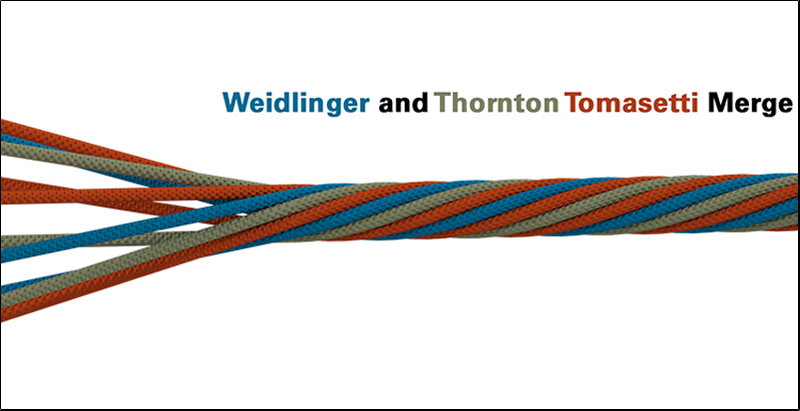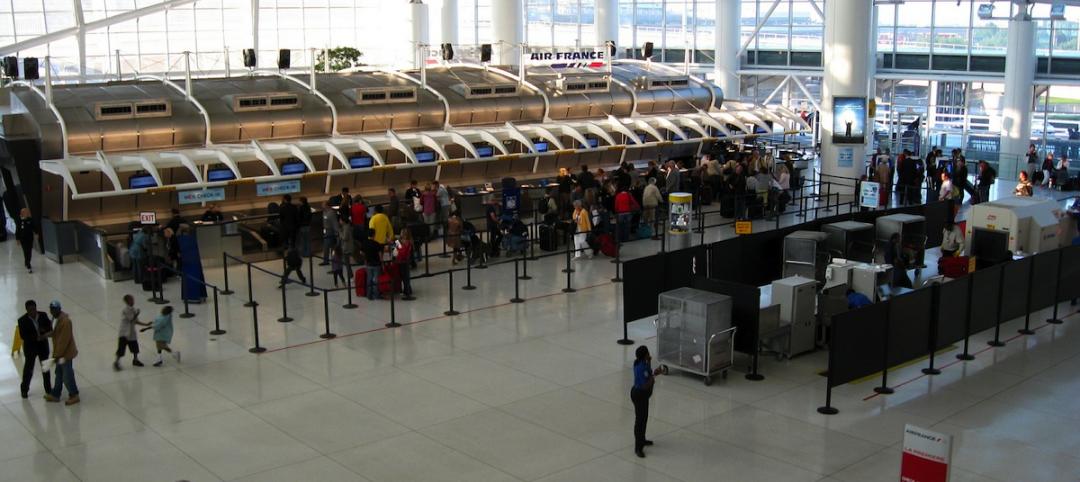Thornton Tomasetti, the industry’s third-largest engineering/architectural firm, has joined forces with Weidlinger Associates through a merger whose goals include cultivating a broadly based global practice that focuses on innovation, research, and development.
The combined company remains based in New York, and will operate under the name Thornton Tomasetti. However, the Weidlinger brand is sticking with three of the combined company’s 10 practices—applied sciences, protective design, and transportation—to leverage that brand’s already established recognition among customers.
While the terms of the merger were not disclosed, the Wall Street Journal reports that this transaction will be completed through an exchange of stock.
Jim Kent, a company spokesman, tells BD+C that all of Weidlinger’s senior-level management team are staying on, including Ray Daddazio, Weidlinger’s CEO, who will serve as Co-president of Thornton Tomasetti with Robert DeScenza until the end of 2016, at which point DeScenza plans to retire. Two of Weidlinger’s board members will join Thornton Thomasetti’s board of directors.
Thornton Tomasetti and Weidlinger already have experience developing products and services for the industry. These include PZFlex, an ultrasound product for the medical field that emerged from a seismic shock simulation product Weidlinger had developed for the federal government in the 1990s.
“Combining our firms [creates] significantly greater potential for growth and innovation than either firm could achieve alone,” says Thomas Scarangello, Thornton Tomasetti’s Chairman and CEO. “Our more-diverse merged expertise allows us to address a wider range of client needs, while offering enhanced breadth and depth of services and extended geographic reach.”
A key component of this merger will be the formation of an R&D holding company to develop innovative products and services for the company, as well as for other firms. Weidlinger also has strong connections as a government contractor in both the U.S. and the United Kingdom.
The combined company has 1,200 employees working in offices in 34 cities. (There had been relatively little competitive overlap between the two firms before this deal.) The Journal, quoting company officials, reports that the company is projected to generate about $240 million in revenue this year.
When asked about the timing of this merger, Daddazio tells BD+C that he and Scarangello, who have known each other for years, had dinner during the Construction Industry Roundtable conference in Florida last October. Scarangello told Daddazio about his company’s plans for the next five and 20 years, “and a lot of those goals resonated with me, especially when one of the first things he said was ‘we bet the farm on innovation.’ This is what Weidlinger has been about, with applied sciences and pushing the envelope.”
Weidlinger, he says, had previously spoken with several other firms about the possibility of mergers, but combining with Thornton Tomasetti had the potential for being a good fit, especially after a dinner meeting attended by the senior leaders of both companies last January, which Daddazio says went well enough to lead to more in-depth discussions.
Thornton Tomasetti and Weidlinger already have experience developing products and services for the industry. These include PZFlex, an ultrasound product for the medical field that, Daddazio explains, emerged from a seismic shock simulation product Weidlinger had developed for the federal government in the 1990s. “That product represents a couple million dollars in licensing revenue, and could be exponentially larger, now that we have a bigger platform to exploit.”
The same is true of tuned mass dampers that Thornton Tomasetti has developed with NASA, which are also being applied to reducing movements in skyscrapers.
Daddazio, who has been with Weidlinger since 1979, and was its President and CEO since January 1996, holds a doctorate from Columbia University’s School of Engineering and Applied Sciences. In his new role at Thornton Tomasetti, Daddazio expects his immediate focus will be to make sure the integration—which both companies’ boards and shareholders approved unanimously—goes as smoothly as possible.
“We’re really excited about this, and making it work,” says Daddazio.
Related Stories
Airports | Aug 31, 2015
Surveys gauge users’ satisfaction with airports
Several surveys gauge passenger satisfaction with airports, as flyers and airlines weigh in on technology, security, and renovations.
Airports | Aug 31, 2015
Small and regional airports in a dogfight for survival
Small and regional airports are in a dogfight for survival. Airlines have either cut routes to non-hub markets, or don’t provide enough seating capacity to meet demand.
Airports | Aug 31, 2015
Airports expand rental car facilities to ease vehicular traffic at their terminals
AEC teams have found fertile ground in building or expanding consolidated rental car facilities, which are the No. 1 profit centers for most airports.
Airports | Aug 31, 2015
Experts discuss how airports can manage growth
In February 2015, engineering giant Arup conducted a “salon” in San Francisco on the future of aviation. This report provides an insight into their key findings.
Healthcare Facilities | Aug 28, 2015
Hospital construction/renovation guidelines promote sound control
The newly revised guidelines from the Facilities Guidelines Institute touch on six factors that affect a hospital’s soundscape.
Healthcare Facilities | Aug 28, 2015
7 (more) steps toward a quieter hospital
Every hospital has its own “culture” of loudness and quiet. Jacobs’ Chris Kay offers steps to a therapeutic auditory environment.
Healthcare Facilities | Aug 28, 2015
Shhh!!! 6 ways to keep the noise down in new and existing hospitals
There’s a ‘decibel war’ going on in the nation’s hospitals. Progressive Building Teams are leading the charge to give patients quieter healing environments.
Mixed-Use | Aug 26, 2015
Innovation districts + tech clusters: How the ‘open innovation’ era is revitalizing urban cores
In the race for highly coveted tech companies and startups, cities, institutions, and developers are teaming to form innovation hot pockets.
Building Enclosure Systems | Aug 11, 2015
Deriving value from coordinated building enclosure shop drawings
Building enclosure shop drawings play a critical role in guarding against common performance, cost, and schedule pitfalls associated with the transitions between adjacent enclosure components. Engineers with Simpson Gumpertz & Heger provide tips for success.
Giants 400 | Aug 7, 2015
GOVERNMENT SECTOR GIANTS: Public sector spending even more cautiously on buildings
AEC firms that do government work say their public-sector clients have been going smaller to save money on construction projects, according to BD+C's 2015 Giants 300 report.
















